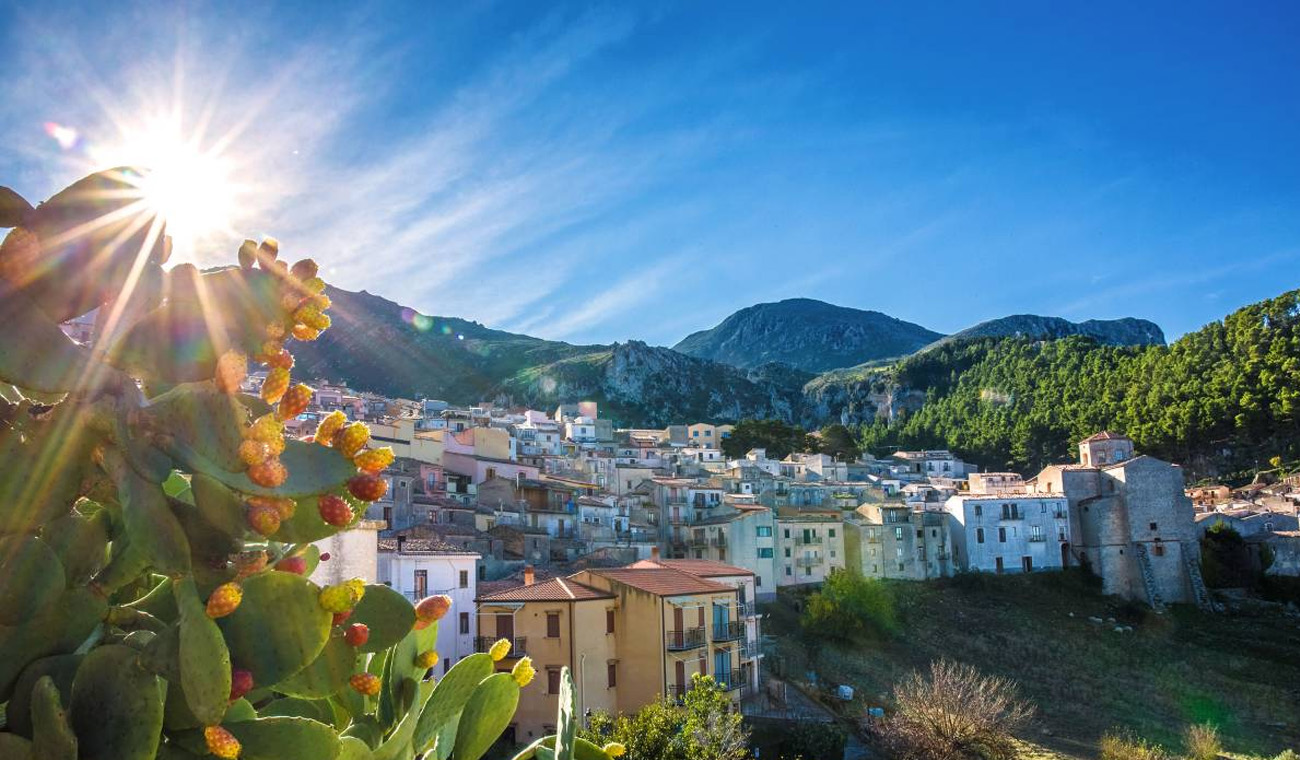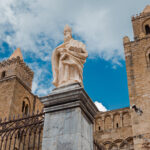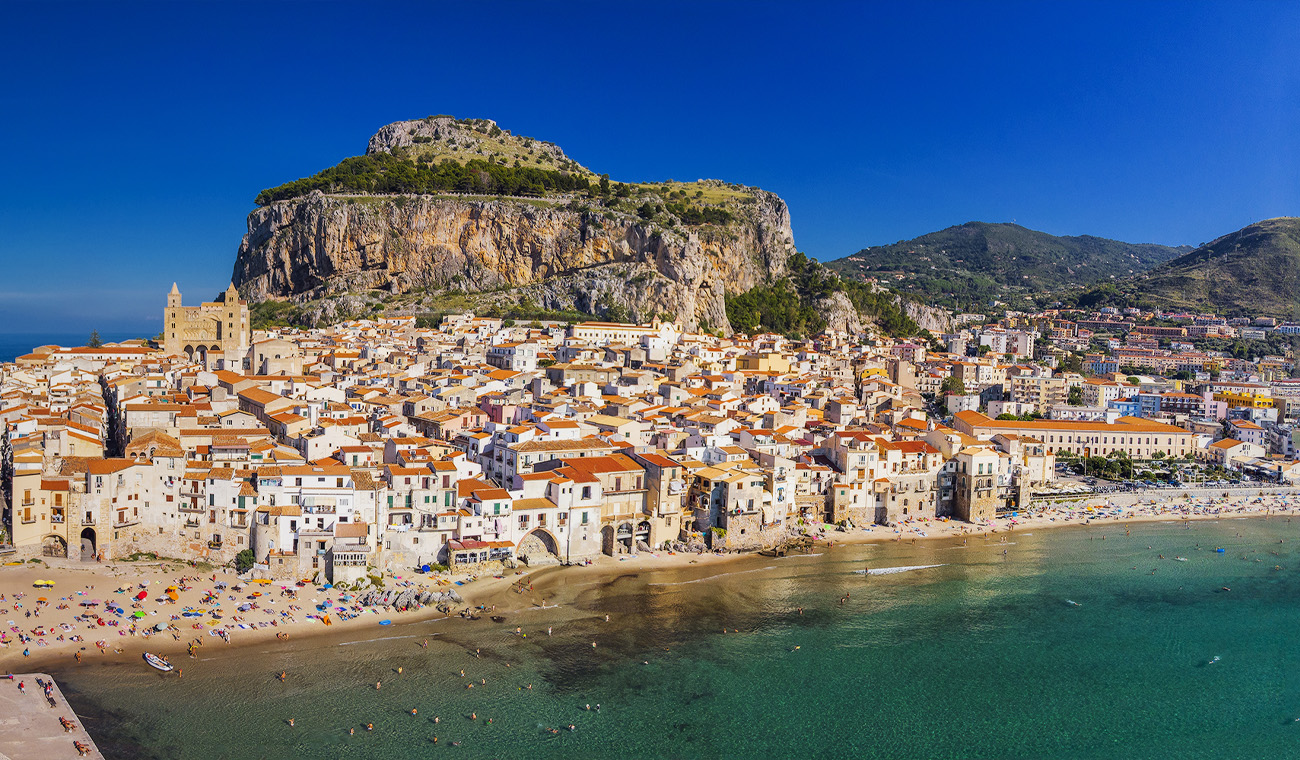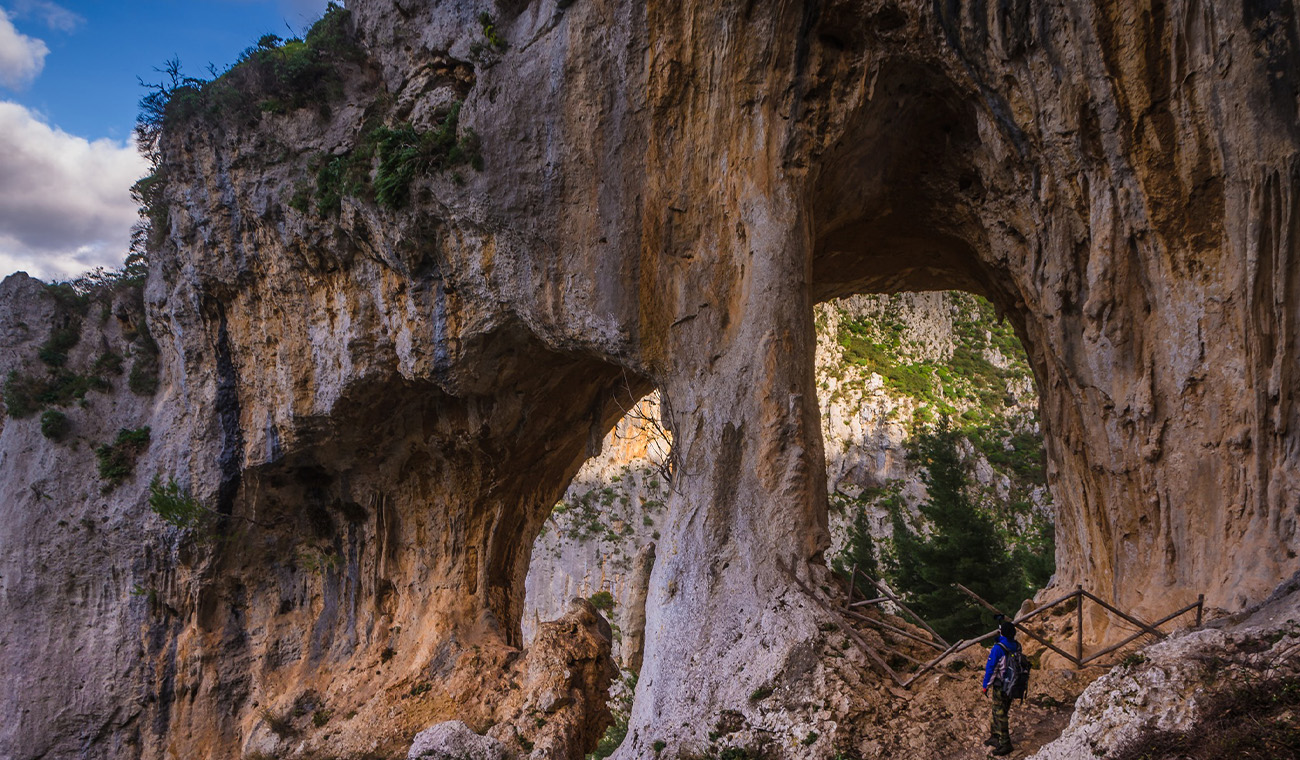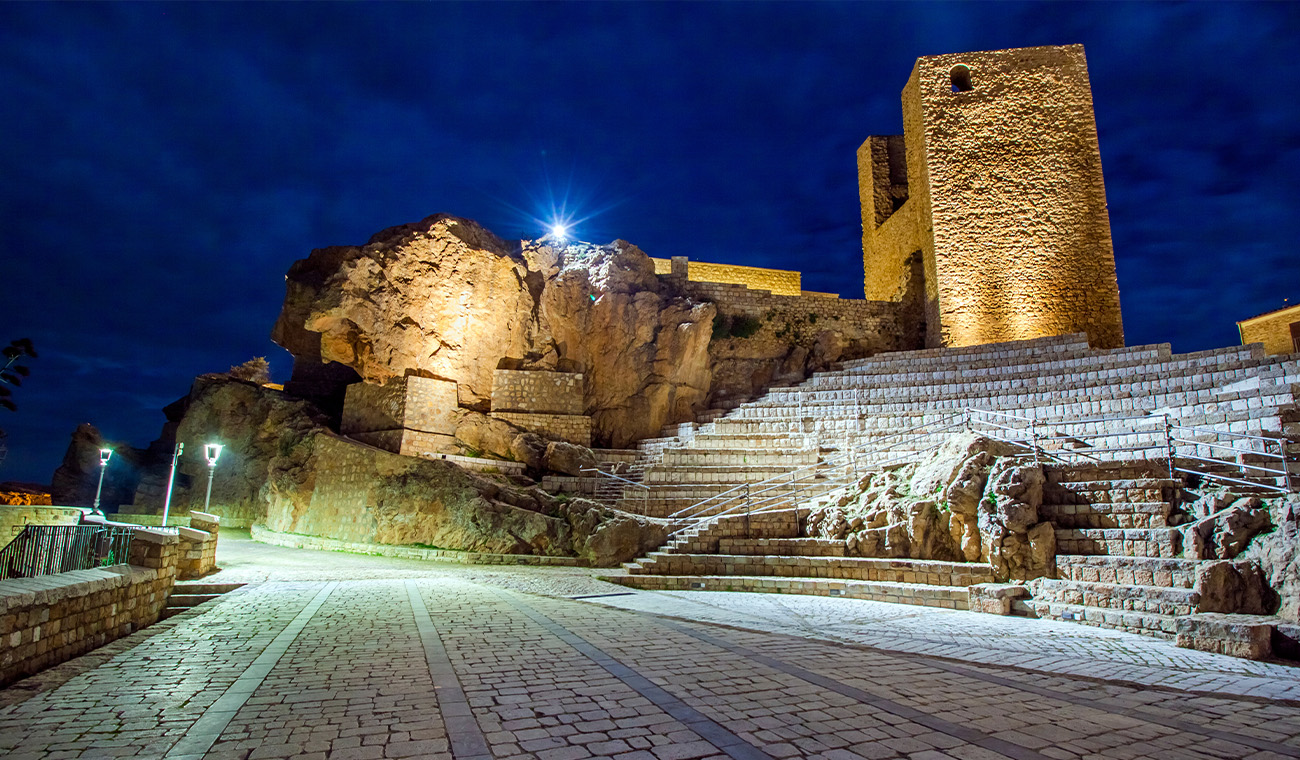Gratteri: the mysterious village in the Madonie
If you’re ready to explore one of the oldest and most characteristic villages in the Madonie, still relatively undiscovered by fleeting tourism, you must choose this itinerary to discover the history and legends of Gratteri.
The itineraries exploring the village usually start from Belvedere Ganci Battaglia. Before commencing our tour, capturing a photo at Belvedere is a ritual to immortalize the breathtaking panorama of the Tyrrhenian coast, where, on the clearest days, you can catch a glimpse of the Aeolian Islands.
Not coincidentally, Gratteri has been nicknamed the “terrace overlooking the Tyrrhenian Sea”. The tour will begin with a pleasant walk from the Ecce Homo bridge to Portella Carruba, named after the presence of a carob tree mentioned in sources dating back to the 1500s. From there, you can admire a bucolic scene, reminiscent of a nativity scene with lush pastures before the charming 12th-century Convent church.
In the distance, the entire valley up to Mount San Calogero will unfold, overlooking the Gulf of Termini Imerese. Next, we’ll visit the municipality’s recently restored historical environmental museum, located on a hill where you can glimpse what remains of the oldest neighborhood, originally called Terra Vecchia and now Conigliera, with its sheer walls above the “Mouth of Hell.”
Strolling through the village streets, we’ll traverse the main thoroughfare, reaching the Ninfa fountain in front of the Mother Church. We’ll narrate the story of that stone conch, similar to the one in the nearby Grotta Grattàra, which could be considered the Genius Loci of the ancient village “dei crateri.”
The first church to visit is the parish church of San Michele Arcangelo, housing miraculous relics from Jerusalem and precious artworks from different eras. After a small break to savor local products from the shops, we’ll guide you to the church of San Giacomo, the Protector of Gratteri, housing the beautiful statue of the Apostle venerated with great devotion by the Gratteresi.
Near the homonymous neighborhood, you’ll also find the poet’s house and a typical stone structure for collecting rainwater, “u cabbubbu.” From Vicolo San Giacomo, we’ll move to Via Fiume, where we’ll point out the three medieval bridges and an underground cistern, the well of Fantina, covered in the post-war period to make the path drivable.
Underneath Via Fiume, a subterranean stream still flows today, the Crati, which, descending from Pizzo di Pilo, crosses the settlement dividing it into the old and new parts. From Piazzetta Ponte Silvio, we’ll take Salita Orologio, which, until the year 1900, was named Via dei Saraceni.
To learn more about the itineraries, visit Gratteri Holiday.


